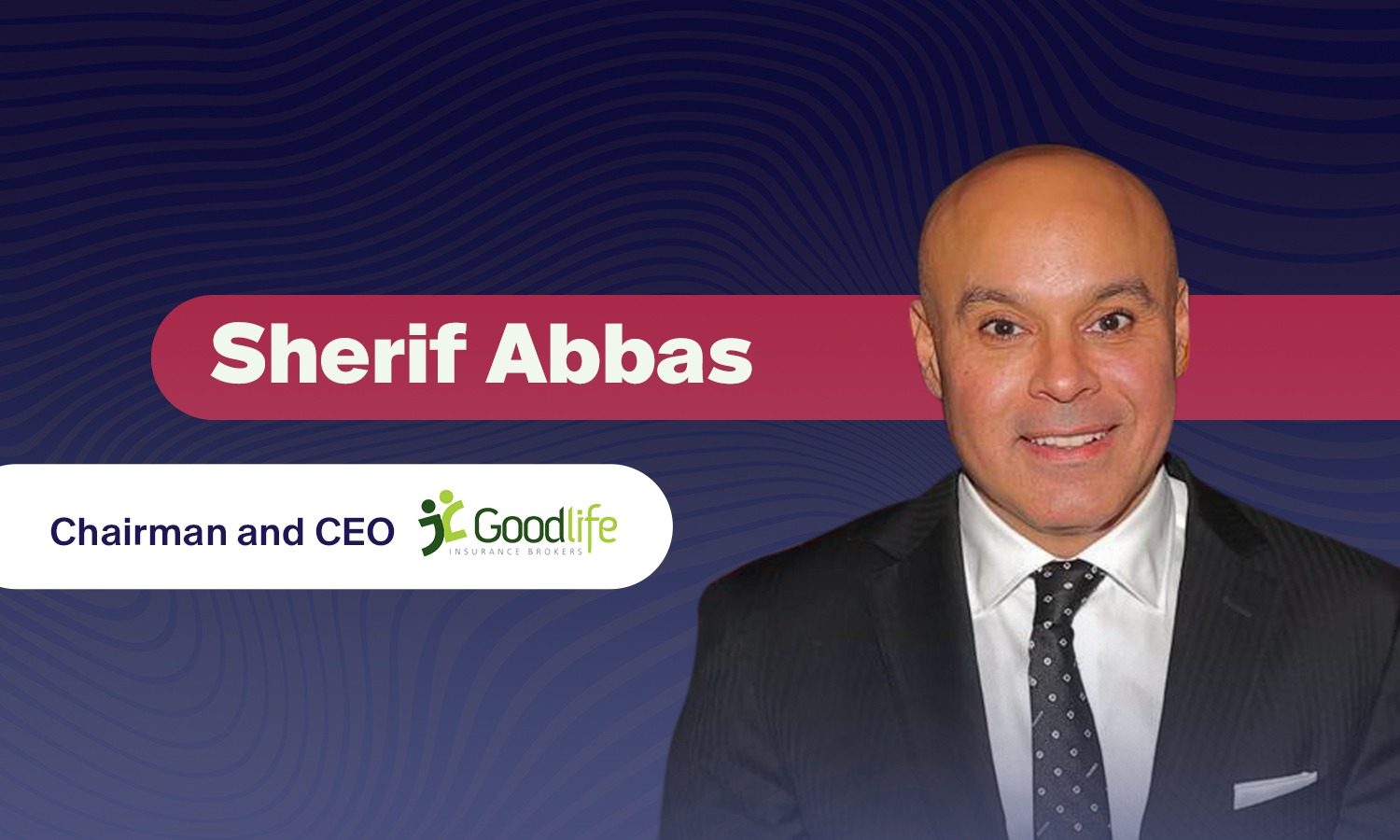It is time for a new vision
Updated 8/28/2023 10:50:00 AM
Egypt is halfway through its long-term strategy. Eight years have already passed since the release of Egypt Vision 2030. The state designed the vision to align with the United Nations’ (UN) Sustainable Development Goals (SDGs). The published initial drafts of the vision were very promising. It just needed fine-tuning and adding some clear key performance indicators (KPIs). In 2018, there were talks about updating Egypt Vision and launching a second edition.
However, no solid document has been published until now. The media shed light on some sectorial plans and strategies, but none of them were promoted under the umbrella of the 2030 vision. One of these strategies is the 2035 energy vision.
Egypt has been facing continuous economic hardships since 2016. Some of the issues are due to internal fiscal and monetary complications that have historical roots. Other challenges occur because of global hazards such as Covid-19 and the Russia-Ukraine war.
The 2016 vision or even the updated 2018 goals and plans to be achieved in 2030 might not be realistic anymore. Even the UN SDGs have been facing global pressure to be adjusted during the SDG summit, which will take place from September 18th to 19th in New York.
The current economic hardships might require quick actions under a short-run plan to ensure quick wins. Yet a long-term strategy should be developed in parallel. The vision’s timeframe needs to be extended until 2035 or even 2040. Additionally, it has to include all the crucial structural reforms with clear KPIs that could be evaluated every five years, for instance.
Egypt’s economic reform program with the International Monetary Fund (IMF), the sectorial and presidential initiatives, the state’s initial public offering (IPO) program, the Medium-Term Debt Management Strategy (MTDS), and the State Ownership Policy Document should all be aligned together to serve one long-term clear vision. Furthermore, the new vision must indeed include all economic sectors but should focus on the leading economic drivers that will completely solve critical issues such as the foreign currency gap.
It is time to have an updated vision for Egypt’s future. Social, economic, and environmental goals need to be clear and achievable. Setting targets is important, but tracking and evaluating performance is vital for success.
Related ExpertTalk











